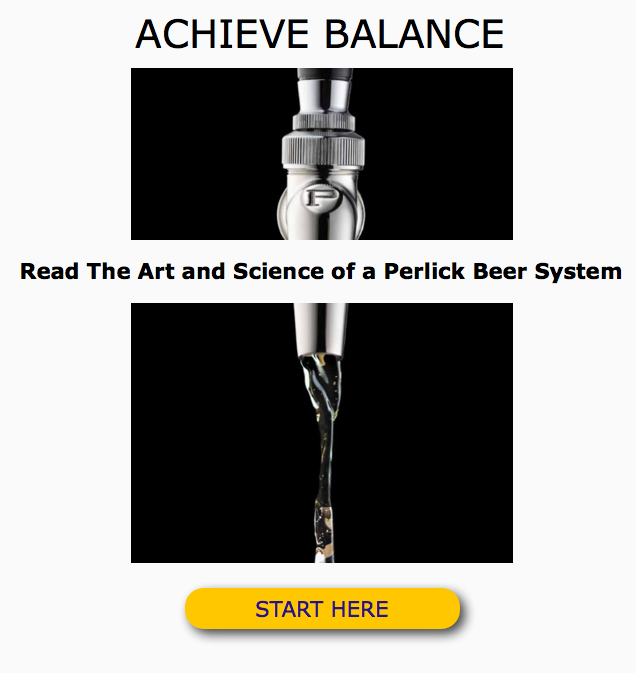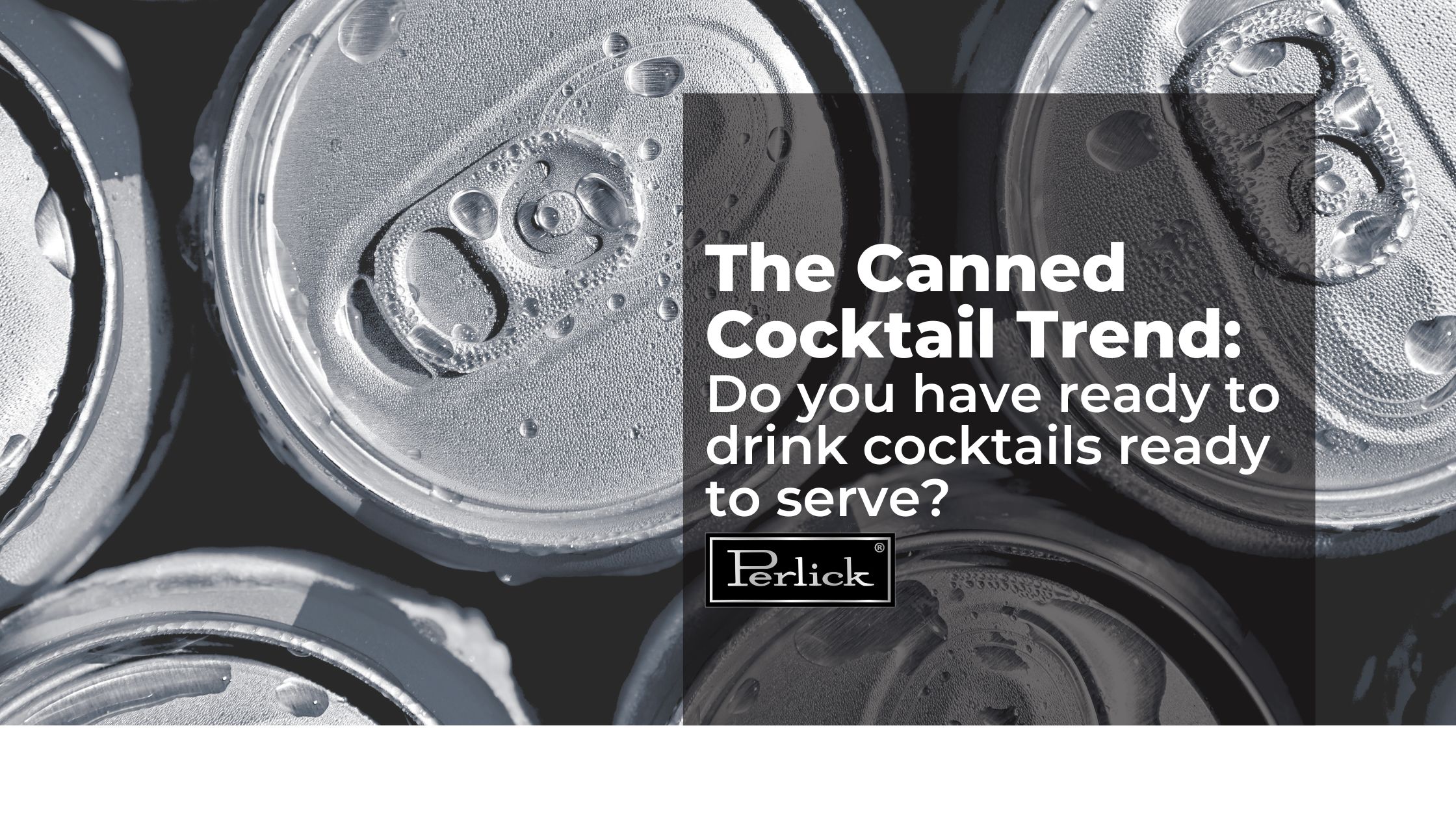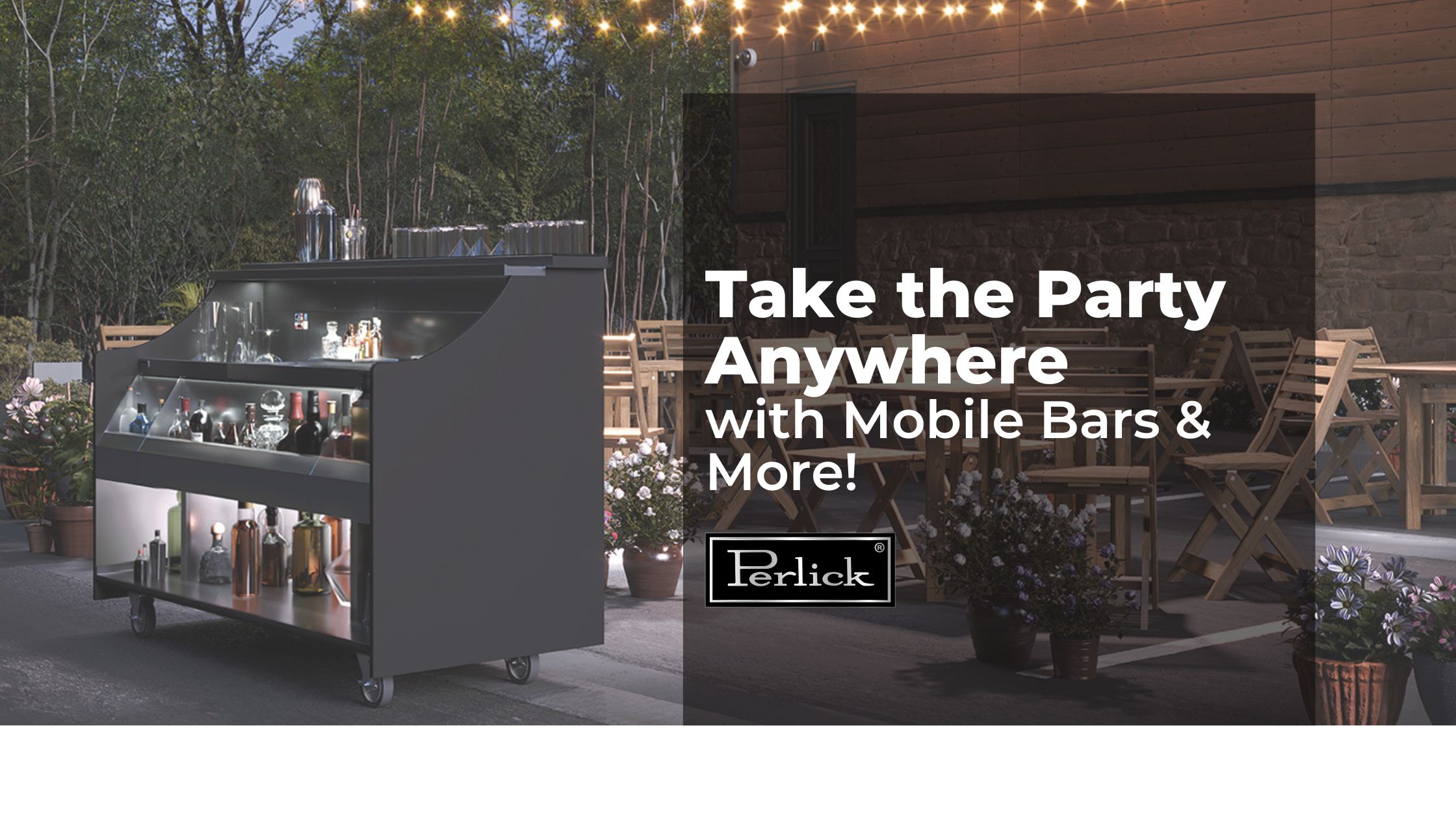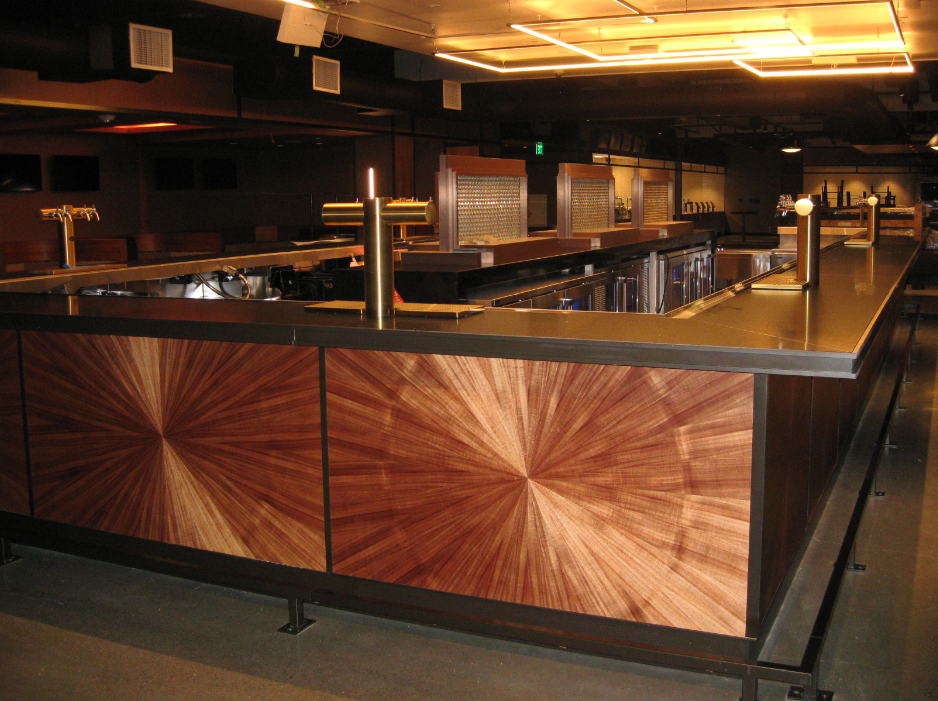The beer industry is always evolving. So are people’s tastes. Customers these days want options when drinking beer, and lots of them. Chalk it up to the craft beer movement. The challenge for a bar or restaurant is to decide how many of those options to provide their patrons. Just as leaving a beer out for too long will make it stale and flat, leaving a tap list unchanged will do the same to your bar.
If your operation’s beer tap list is looking stale, it might be time to upgrade. Here are a few tips on how to take your tap list to the next level.
Customers
The first thing to do when examining your bar or restaurant’s tap list is to answer this question: Who are my customers? Having the answer to that question is a perfect starting point when creating the right tap list. Consider the type of establishment you are operating. What will those customers want and expect? A restaurant with a more elegant cuisine should be reflected in the beers on tap. A bar geared toward craft beer enthusiasts should aim to have unique beer options as they tend to be willing and more adventurous to try new beers. Many of these people are more discerning about beer temperature and carbonation, so if you expand your tap list, be prepared to serve that beer properly.
Styles and Trends
Stay up to date with the latest beer trends. Don't offer every new beer that hits the market, but be mindful of the ones that have potential to create buzz for your bar. Technology has changed how we drink beer socially. Beer enthusiasts use smartphone apps to share what they are drinking and where they are drinking it. A patron sharing through apps or social media that your establishment serves the newest nitrogen beer can promote your bar exponentially, at no additional cost to you. As an operator, that technology is equally as useful. The ability to stay on top of consumer trends is now in the palm of your hand. Make a concerted effort to stay informed and build upon both you and your bartender's awareness of the latest in beer trends by referring to resources like BeerAdvocate and Brewers Association.
Variety
Whether you operate with three taps or 30, have different styles of beers at your disposal. Not every patron will be satisfied with just a batch of light beers, nor will they find taps pouring nothing but stouts and porters appealing. Every customer has a unique set of taste buds, and your tap list should do its best to match that. It’s important to remember that food plays a big role. Have enough of a beer variety to pair with most meals.
Seasonals
One way to ensure variety in your tap list is to feature at least one seasonal beer and rotate according to the seasons. Spring and summer months bring lighter, crisper beers featuring more fruity flavors. As the seasons move towards fall and winter, darker, thicker beers gain popularity. Be sure your tap list reflects the temperatures outside. Different seasons bring different styles.
Local
Many craft beers are regional, so have several beers specific to your operation’s region. Offer beers from local breweries to attract their loyal fans. Not only does this support other small businesses, but it sets your bar or restaurant apart from competitors by having more unique and obscure beers on tap. By supporting local breweries, those breweries will support your bar or restaurant by promoting your business. If your establishment is one of the few to serve a certain beer, you’ll be able to charge more for it, increasing your profits as well.
There is an art to creating a tap list for a bar or restaurant, just as there is an art to delivering that beer to the customer.
Knowledge of beer is essential in developing a tap list, but having the knowledge of an effective beer system is an important first step in that process.








